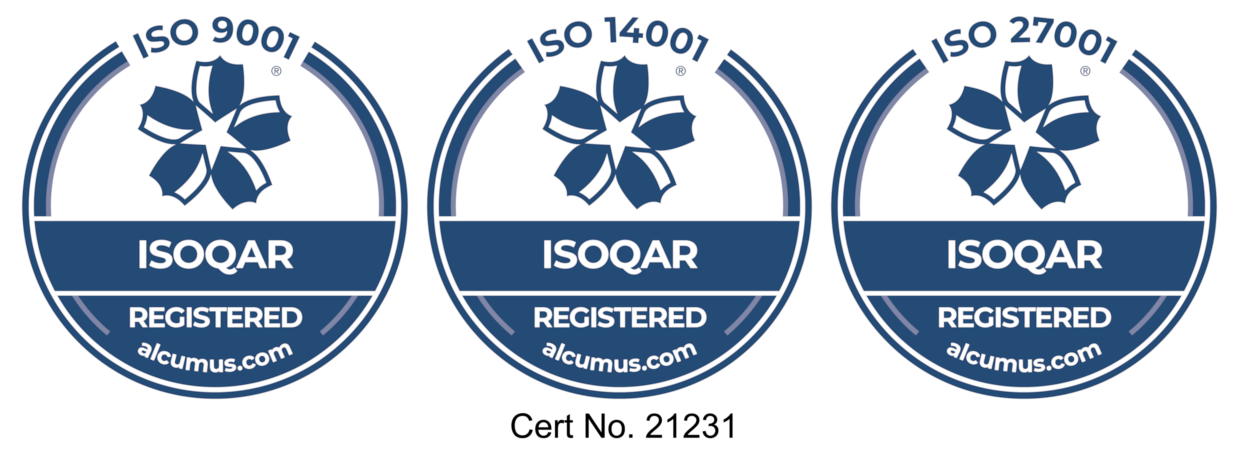Proposals to introduce a new collection target for waste electronics have been endorsed by the European Parliament.
If agreed, the new collection target would be set at 85 per cent. In addition to this the new agreement would make producers and retailers responsible for funding the collection of WEEE from households.
The proposals now have to be agreed by the Council of Ministers and draft Regulations drawn up, but if they go through, it will involve a radical change to the current UK WEEE Regulations with the potential for significantly higher costs for producers.
Among the key changes backed by the Parliament is a suggested change to the way the current target is measured. This would mean the current weight-based target for WEEE collection, that the UK has easily met, would be changed to a percentage-based goal, with member states expected to collect 85 per cent of all WEEE generated by 2016.
This represents a significant change from the 65 per cent target originally proposed by the Commission, which was to be calculated as a proportion of the amount of new electrical equipment put onto the market.
The new proposal will require member states to collect at least 85 per cent of electrical waste. The major problem with this approach is that it is almost impossible to measure the amount of all WEEE generated. A certain amount of WEEE is disposed of by both households and businesses with their general waste. Householders and Business also dispose of WEEE at different rates.
Whilst the proposal sounds like progress, the reality is that it will be very hard to turn into practical legislation.
Other changes endorsed include:
Requiring between 50 – 70 per cent of WEEE collected to actually be recycled (depending on the type of material);
Introducing a new 5 per cent reuse target;
Reducing the number of WEEE categories;
Standardising registration and reporting for producers, a move the Parliament claimed would reduce their administrative burden and costs;
Allowing consumers to return “very small” WEEE directly to retailers.





